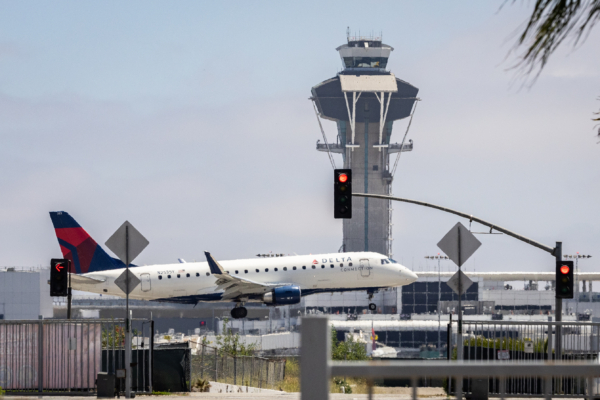The Federal Aviation Administration (FAA) of the United States announced on Friday, November 14, that starting from Saturday, it will reduce the flight capacity at 40 major airports nationwide from 6% to 3%. This is the latest step taken by the agency in gradually lifting the flight reduction measures after the government shutdown.
Airlines have been pushing for the FAA to completely lift the order to reduce flights, and on Friday, they largely did not comply with the agency’s requirement to cut 6% of flights. It remains to be seen whether airlines will adhere to the new order to reduce flights by 3%.
The FAA stated, “The 3% reduction measures will continue to be implemented throughout the weekend. The FAA will monitor system operations and evaluate the ability to resume normal operations.”
The aviation analysis company Cirium reported that airlines only canceled about 2% of flights on Friday, lower than the 3.5% ratio on Wednesday and Thursday.
On Friday, air traffic controllers and other FAA employees began receiving retroactive pay equivalent to about 70% of the unpaid wages (excluding overtime) they were owed.
Some officials told Reuters that airlines had privately expressed to the FAA that it was time to end the flight reduction measures. Some airlines even stated earlier that they planned to cut very few flights on Saturday, or none at all.
Following the end of the 43-day government shutdown triggered by absentee air traffic controllers, the disruption to air travel has significantly decreased. The FAA decided to relax the flight cancellation requirements on Wednesday evening, with the original plan to increase the reduction percentage to 8% on Thursday and 10% on Friday.
United Airlines announced that it had canceled 134 flights on Friday, accounting for nearly 3% of its total flights for the day, and had previously canceled 222 flights on Thursday.
The current number of air traffic controllers at the FAA is about 3,500 people below the target staffing level. Even before the government shutdown forced unpaid work, many air traffic controllers were already being forced to work overtime and six days a week.
Since the government shutdown on October 1, tens of thousands of flights have been canceled or delayed due to absentee air traffic controllers.
(This article referenced reports from Reuters)

